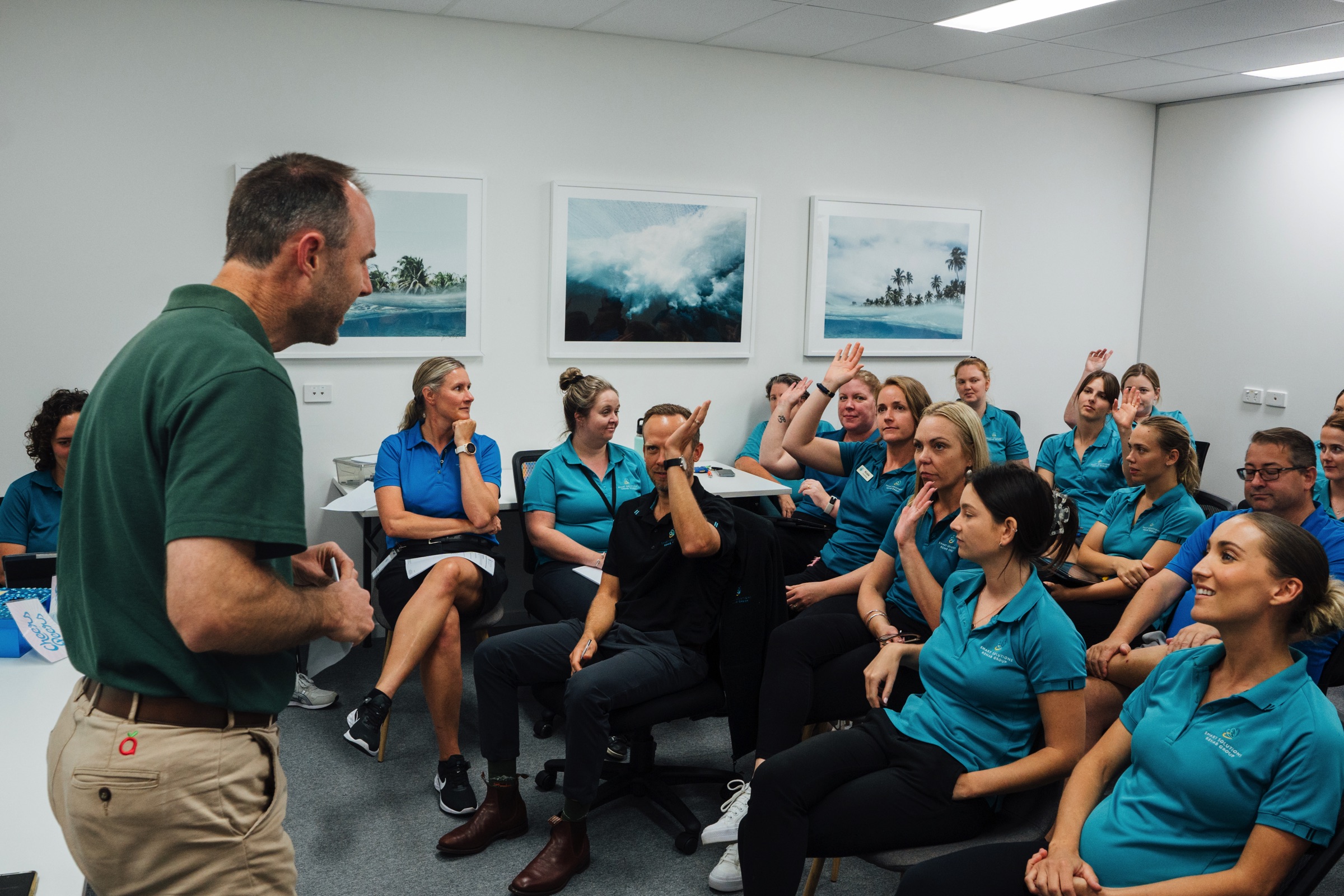Amputation Awareness and Treatment
Did you know: Someone will undergo an amputation every 30 minutes in Australia. Losing a limb is a life changing event and many Australian’s are dealing with the associated challenges every day.
National Amputee Awareness Week is recognised during 4-11th of October. This week is about raising awareness, making sure people know help is out there, and providing opportunity for people to tell their story.
What is amputation?
Amputation is the removal of all or part of a limb or extremity such as an arm, leg, foot, hand, toe, or finger. Amputation can be traumatic (as a direct result of an accident) or surgical.
Surgical amputation procedures will differ depending on the needs of the patient and the type of amputation. While the patient in under anaesthetic the surgeon will remove the damaged part of the limb and leaving the healthy tissue.
Why amputate?
The key purpose of surgical amputation is to prevent severe loss of limb, spread of illness or death.
The causes of amputation include:
- Serious infection that cannot be treated
- Cancer such as a tumour in the bone or muscles
- Severe injury, for example after a motor vehicle accident or burns
- A limb that is not formed or functioning properly
What is the most common reason for amputation?
Diabetes is the most common reason for amputation in Australia. The statistics say more than 8,000 lower limb amputations are performed each year in Australia due to diabetes. Amputation above or below the knee is the most common surgery. This is often the result of poor blood circulation causing tissue in the toe, foot or leg to die and infection to start.
What is involved in amputation recovery process?
The recovery process post amputation can include:
- A multidisciplinary team which includes Doctors, Nurses, Occupational Therapist, Physiotherapist, Social Worker and Prosthetist
- Management of stump bandaging and wound dressing
- Pain management
- Movement therapy
- Prescription of assistive device/s
Who can help Amputees with recovery and return home?
Occupational Therapist (OT)
The amputation process can be life changing and you may need help getting back to the things that are important to you. Occupational Therapists can help adjust your daily activities, learn new skills, prescribe equipment, or adapt your environment. This can help you function and be safe at home or in the community.
The support from an Occupational Therapist may include:
- Major Home Modifications such as ramps, bathroom modifications, home automation
- Minor Home Modifications such as grab rails to aid with transfers
- Equipment prescription including wheelchairs (manual and powered), pressure cushion, toileting appliances, beach wheelchairs, vehicle hoists, electric assisted furniture (chair, bed).
- Application for Disability Parking Permit
- Mirror therapy to aid with Phantom Limb Pain
- Emotional coping strategies, pain management strategies and adapting of recreational tasks
- NDIS Access Reports, NDIS Functional Capacity Assessments, NDIS Assistive Technology and Complex Home Modifications
Physiotherapist (PT)
Strengthening muscles to maintain function and developing safe movements is integral for amputation recovery. Physiotherapists can focus on the movements and exercises post amputation and in preparation for prosthesis.
This may include:
- Range of Motion
- Strength, Endurance and Agility
- Balance and Co-ordination
- Improve functional transfers and mobility inside the home and in community
- Review walking aid use and therapy in view of prosthesis
Need to know more?
At Smart Solutions Rehab Group, our experienced and well-trained Occupational Therapists and Physiotherapists are here to help an individual maximise their independence after an amputation. Contact us today to discuss your needs via email at admin@ssrg.com.au or you can call us on 1300 729 190 and we will be happy to help!
Author: Rebecca Payne
More about the author…
Rebecca works within the NDIS team at Smart Solutions Rehab Group. Rebecca graduated as an Occupational Therapist from James Cook University with an academic medal. She has experience in the areas of equipment prescription, home modifications, functional retraining and falls prevention for a range of ages, cultures and disabilities. Rebecca works with individuals, their families and carers to improve quality of life and navigate the NDIS to help achieve their goals.




